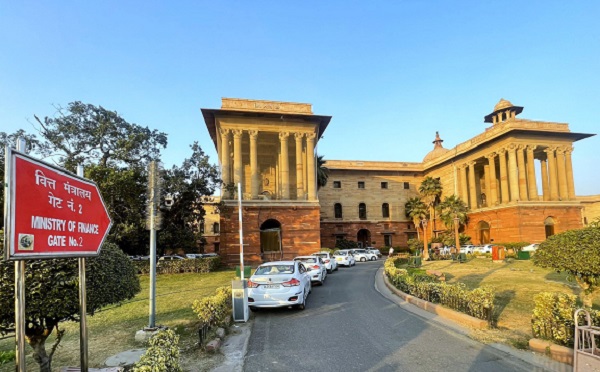.png)

Rajesh is an Assistant Professor IMS, Ghaziabad. His interests include monetary policy, financial markets, and macroeconomic frameworks. He writes with a monetarist’s lens.
July 4, 2025 at 7:30 AM IST
India’s banking system boasts impressive outreach and deposit mobilisation, but behind this narrative lies an enduring paradox. While banks collect massive deposits across the country, the recycling of these funds into productive credit remains deeply uneven. A state-wise analysis of Credit-to-Deposit ratios and Gross State Domestic Product growth from 2012 to 2024 reveals a systemic mismatch: states with high CD ratios do not necessarily record higher growth, and vice versa.
The CD ratio, essentially the share of local deposits reinvested as credit within the same geography, is often seen as a proxy for banking system vitality. Classical economic theory, particularly the neoclassical growth model, assumes that efficient capital allocation leads to increased output. By this logic, states with higher CD ratios should outperform others in economic growth. Yet empirical data contests this assumption.
This finding demands a shift in our analytical lens. The Structuralist School of Development Economics has long argued that financial deepening, without attention to regional asymmetries and institutional context, can reinforce imbalances rather than resolve them. In India, where institutional quality, infrastructure readiness, and sectoral composition vary widely across states, credit alone is insufficient to guarantee growth.
A regional analysis highlights this divergence. Southern and western states such as Tamil Nadu, Maharashtra, and Karnataka exhibit both strong CD ratios and moderate growth. In contrast, Punjab and Haryana, while financially saturated in terms of banking outreach, display lacklustre growth outcomes. On the other hand, Bihar and Odisha, traditionally viewed as underbanked, have managed to record GSDP growth despite persistently low CD ratios. This bifurcation raises difficult questions about the quality of credit allocation, the productivity of capital, and the regional design of economic policy.
The Reserve Bank of India, as the chief regulator of the banking system, has consistently monitored CD ratios through its Basic Statistical Returns. Yet beyond data disclosure, its policy inaction is difficult to ignore. There is no clear mechanism compelling banks to channel adequate credit into states where deposits are sourced. Nor is there a calibrated regional credit policy aligned with state-level economic planning. Instead, the RBI’s approach remains aggregate, liquidity-driven, and blind to subnational mismatches.
This imbalance is not solely the RBI’s domain. The central government has also focused on deposit-side inclusion through schemes such as PMJDY, often with less attention to the credit side. Financial inclusion metrics celebrate account-opening milestones but overlook the inertness of many of these accounts in terms of credit use.
This is a policy blind spot. If capital is not flowing to regions where marginal returns are potentially high, India risks locking itself into a low-efficiency equilibrium. Instead of simply expanding the volume of credit, what is urgently required is a reorientation of credit policy towards regional balance.
Such a framework would not only address the credit misalignment but also empower subnational governments to become active participants in financial governance. The idea aligns with the broader Keynesian notion of targeted intervention, wherein public and regulatory action should respond to spatial and structural deficiencies in the market.
India’s macroeconomic discourse often debates fiscal deficits, inflation targeting, and capital flows, but rarely confronts the quiet asymmetry of its credit intermediation. It is time to move beyond averages and headline numbers. A banking system that mobilises deposits nationally must also deliver development regionally.




